
Q: I was told by a German collector this mask was worn during tribal ceremonies but, no other information was known. It needs some restoration, I think. Not knowing where it is from means I’m not sure what it is suppose to look like. I have asked many people and one person said possibly Tchokwe but, with lack of symbol on the forehead could not be certain. It is made of a wood front and burlap(?) back with a fiber material attached to that and appears hand sewn. It would in fact accommodate a head but, it would be a snug fit. Any thoughts or ideas would be appreciated. Carolyn, 619
A: I’d like to help you, but I can determine much about your mask if I can’t see the side or the rear. By rear I mean the back of the carved wooden part, not the cloth hood.
Q: Just making sure you got the pictures yesterday. My email has had some issues the past few days so sorry for the delay in my initial response. Please let me know if you got the pictures. I really appreciate you taking the time to look at the mask.
Carolyn
A: Thanks for sending in the extra photos. They helped me make sure this was not a real mask made for tribal usage. Instead it is a mask-inspired piece of wall art meant to be sold to Westerners. Use it for decoration.
Q: Do you happen to know what tribe it was meant to replicate? I still want to restore it because I enjoy it, but I am not sure what it should look like. Even if I just have a name or region I can research it. Thank you again for your expertise, I will be sure to speak with the German collector who sold it to me.
A: Your piece is not a replica in that the carver is not trying to imitate a particular tribal piece. He’s only interested in selling it. This gives you the opportunity to alter it in any way you wish. Look at some West African masks and pick one for inspiration. You could add a second attribute from a nearby culture. Of course, I wouldn’t tell you to do this if your mask was an authentic artifact, or a well-made replica. C
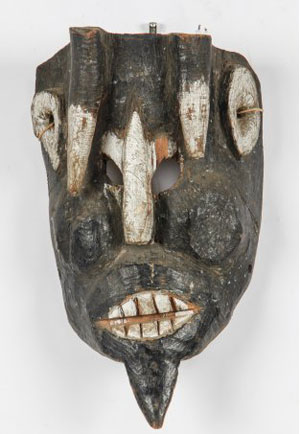
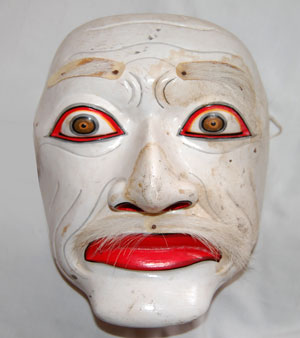
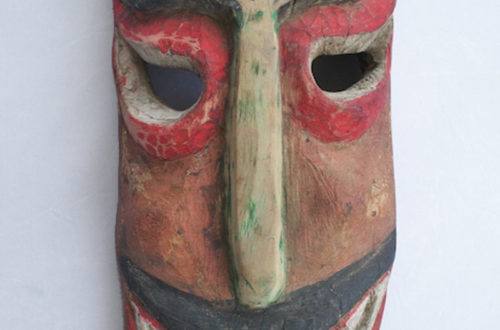
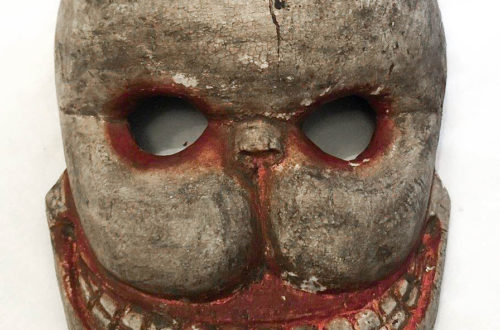
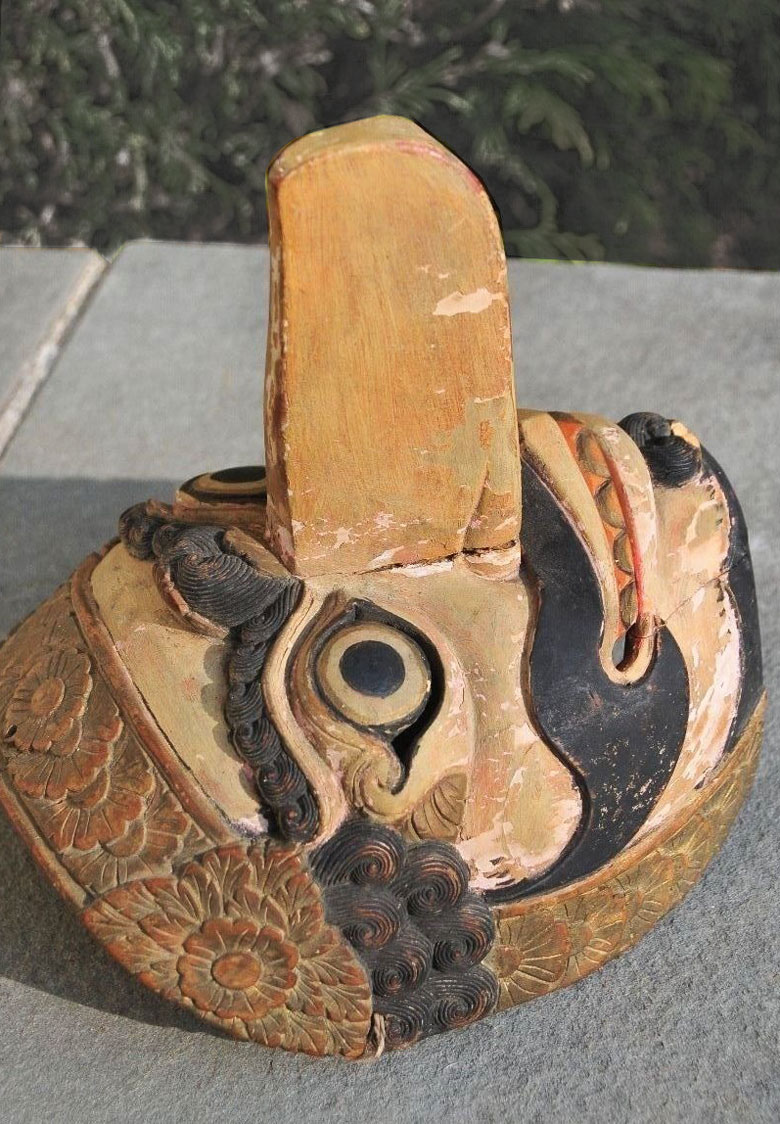
One Comment
Herbert
seems to be influenced by the style of the Kuba or Lele from the Congo, but as previously mentioned it was obviously not carved for ritual use by one of these or any other tribes.